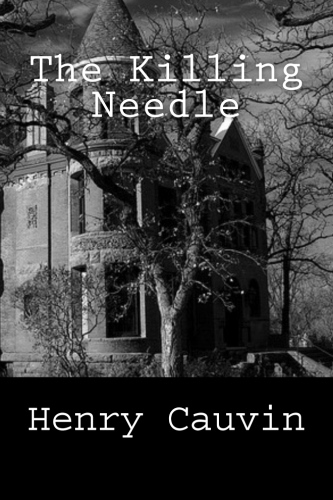In 1887, a British author named Arthur Conan Doyle published a book about a drug-taking, misanthropic private detective with a gift for observation and logical deduction and who was knowledgeable about the chemical and forensic science of the period. He was a master of disguise and his audacious exploits were narrated by his friend and confidant, a doctor. The detective’s name was Sherlock Holmes. He played the violin.
In 1871, a young French author named Henry Cauvin published a book about a drug-taking, misanthropic private detective with a gift for observation and logical deduction and who was knowledgeable about the chemical and forensic science of the period. He was a master of disguise and his audacious exploits were narrated by his friend and confidant, a doctor. The detective’s name was Maximilien Heller. He did not play the violin.
Arthur Conan Doyle found international fame and Sherlock Holmes achieved immortality: his name became synonymous with masterful detection and is known by every schoolchild in the world. Henry Cauvin wrote ten more books that nobody read and ended up as the treasurer of a small French department. Maximilien Heller passed into oblivion. Was it because Doyle wrote in English and Cauvin in French? French was vying with English at the time as the most spoken civilized language. Was it because detective stories were staring to be serialized in England just as Holmes arrived? They had been serialized in France long before: Dumas’ The Count of Monte Cristo came out in 1844. Was it because Holmes played the violin and Heller did not? Probably not. Was it because The Killing Needle (as Cauvin’s book was later called) was just not that great a book? I actually think it’s a very well written book, almost as exciting as Robert Louis Stevenson’s best, but read it for yourself. It has been favorably reviewed by Ellery Queen Mystery Magazine (July 2014 issue) and Publisher’s Weekly (April 14 issue) Why is LRI publishing it? Because it is a historic milestone: very probably the first instance of a locked room method that became classic, and the subject of debate by John Dickson Carr and Clayton Rawson.
The Killing Needle

